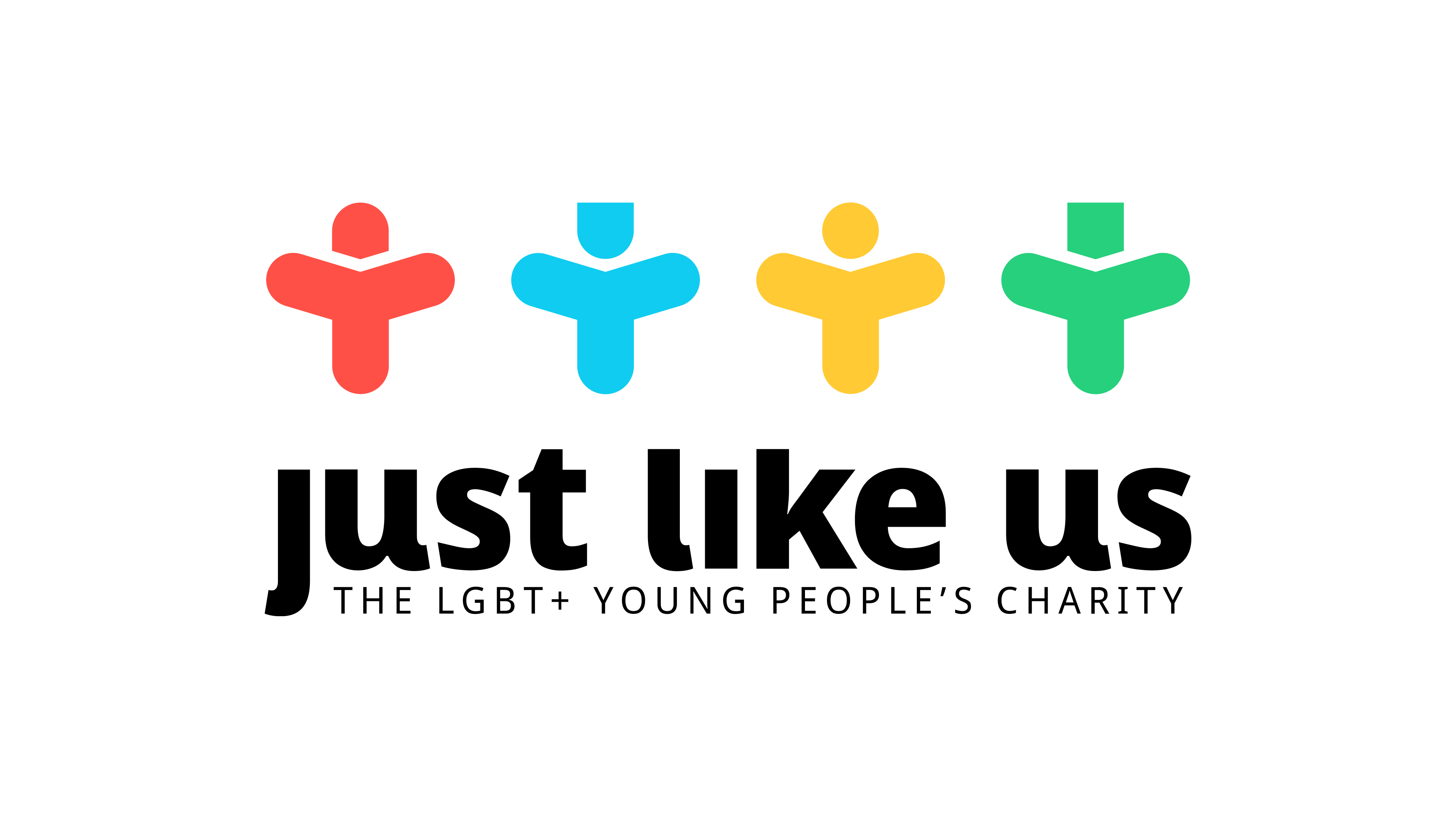We need to acknowledge that our students grow up in many different kinds of families. Some may live with a grandparent/grandparents, a foster carer, are adopted, live with two mums or two dads, or may be growing up with a single parent mum or dad.

@MWS





Mission Statement
As a school, we recognise there is still work to be done to protect and celebrate the rights of Lesbian, Gay, Bisexual, Transgender, Gender Queer, and Sexually Questioning staff and students.
We must be active in our responsibilities to tear down any barriers or obstacles; that will then allow our students to be confident and amenable citizens. Enabling them to make a positive impact in our modern accepting society.
We believe it is the right of every student irrespective of age, race or nationality, religion or belief, disability, class, gender, sexual orientation, gender identity, special needs or ability to achieve their full potential. Each student should have access to an education which will enable them to utilise their talents to the full and achieve their potential.
We must work to develop every student’s understanding and attitudes towards equality of opportunity and how this may be denied and might affect them in society.
Support for our Parents & Carers
Support all parents and carers by encouraging them to continue their education and personal development and inform them of relevant workshops, conference, training, sign-posting as and where appropriate.
Support all parents and carers by encouraging them to continue their education and personal development and inform them of relevant workshops, conference, training, sign-posting as and where appropriate.
Our Staff
As staff we have to remember that we are role models. We must recognise and challenge discrimination if and when it occurs.
We will continue to use strategies allowing students time to talk in class discussion, allowing opinions to be shared; but to challenge any misconceptions and any form of bullying. Students need to understand that prejudice is recognised and challenged in order to build positive attitudes towards differences between peers.
We will check our own classrooms, reviewing and updating resources/displays so positive messages are presented to the students. We will provide CPD for staff to support discussion and understanding, therefore facilitating a broader approach to equality.
This may require us to go out of our comfort zone, we recognise we must equip staff both new and experienced with the knowledge, confidence, and skills they need to advocate for inclusion.
Many schools are supporting students through poverty, cuts, English as Additional Language, Islamophobia, social media problems, and FMG – the list is endless. So why should LGBTQ+ be any different?
What does Ofsted say about meeting the needs of LGBT students?
One of the principles of an OFSTED inspection is to assess the inclusivity of the school environment so that it ‘meets the needs of all pupils, irrespective of age, disability, gender reassignment, race, religion or belief, sex, or sexual orientation.’ (OFSTED, 2012, p. 14).
In ‘The Framework for School Inspection’ under the ‘Behaviour and Safety at School’ section OFSTED considers that the behaviour of pupils towards other pupils and the way that schools enable pupils to be free from bullying, harassment and discrimination in the context of the Equality Act 2010 is an aspect that they will assess when undertaking an inspection, this includes sexual orientation and gender.
OFSTED also considers the role the teacher plays in not just only managing behaviour in their classroom but the way they allow ALL pupils to ‘have an equal and fair chance to thrive and learn in an atmosphere of respect and dignity.’ (OFSTED, 2012, p.19).
It is important for schools to demonstrate ways that they are enabling pupils who are LGBTGQSQ to be free from discrimination and to demonstrate ways that they are dealing with homo, bi and trans* phobic bullying.
For teachers this is a case of following and implementing school policies that relate to this area and to take opportunities within the Curriculum to demonstrate ways that they are enabling LGBTGQSQ pupils to be free from discrimination in the classroom so that they are able to flourish and succeed.
A school must be a safe place where an LGBTGQSQ pupil is able to be free from discrimination, harassment and bullying and all staff must ensure that all policies are put into practice and to have equality and diversity practices implements across the whole school.
Meeting the needs of Trans students
‘70% of pupils who identify as Gender Variant experience transphobic bullying’ (EHRC, 2009)
The Equality Act 2010 outlawed discrimination towards pupils who identify as transgender. In this case it is defined as any pupil who is taking any steps to transition gender. It also means that pupils undergoing gender reassignment surgery are protected by the law which means schools must provide positive action to meet the needs of the pupil.
This means that schools cannot discriminate against their trans* pupils in the following ways:
- In relation to admissions
- In the way it provides education for pupils
- In the way it provides pupil access to any benefit, facility or service
- By excluding a pupil or subjecting them to any other detriment. (DfE, 2012)
Schools need to be adaptable in their approach to uniform so that a pupil who is transitioning are having their needs met (DfE, 2012).
Teachers must not treat transgender pupils differently or highlight that a pupil is transgender to the rest of the class and may cause the trans* pupil to feel uncomfortable or victimised.
Gender Matters is an organisation that supports those who identify as transgender or would for people who would like to find out more information about gender:
Website: www.gender‐matters.org.uk
Telephone: 01902 744424
Email: info@gender‐matters.org.uk
Note: Schools also must protect the rights of pupils whose parents identify as transgender (DfE, 2012).
MWS Safe Space Pride Group
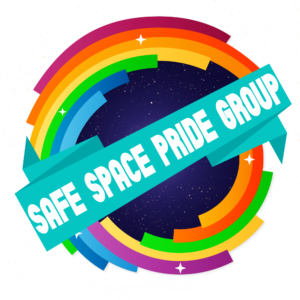
Mary Webb’s LGBTQ+ Ally group invite you to come along and support the newly formed group.
Email or speak to the following members of staff to find out more details:
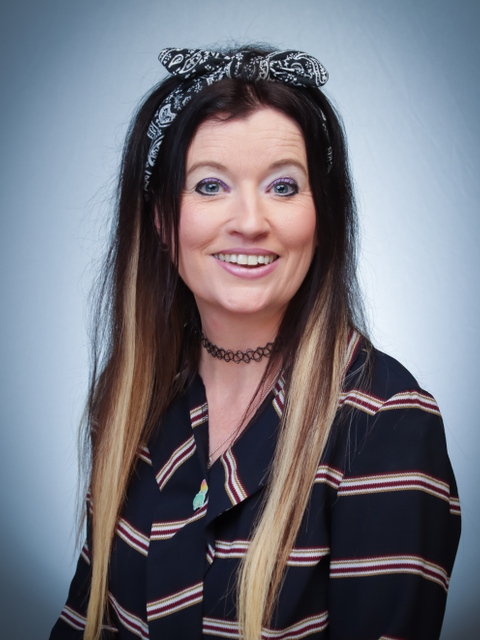
Mrs. S Hanmer
shanmer@marywebbschool.com
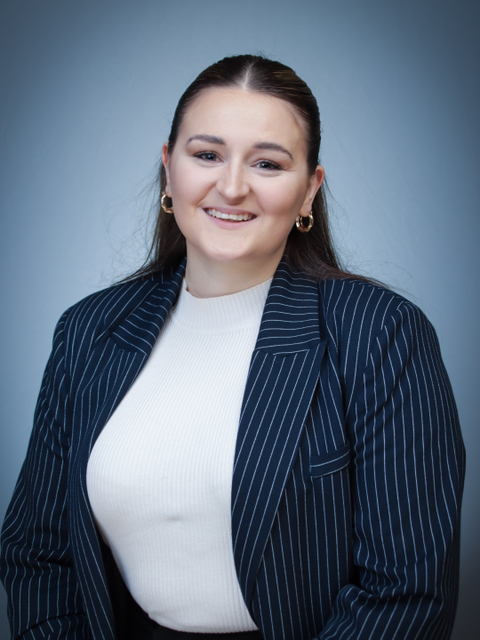
Ms. G Oakley
goakley@marywebbschool.com
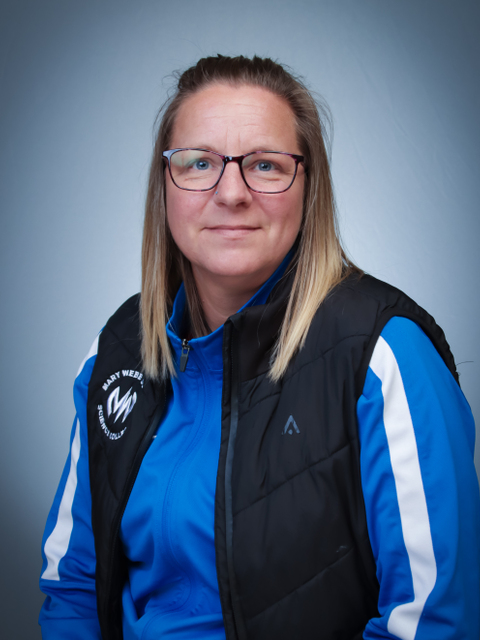
Miss. E Bailey
ebailey@marywebbschool.com
LGBT+ Guide for Parents
Other helpful links
Glossary of terms
Lesbian
Someone who identifies as female and is emotionally and sexually attracted to others who identify as female.
Gay
Someone who identifies as male and is emotionally and sexually attracted to others who identify as male.
Bisexual
Transgender
Someone who identifies that they are thinking, wanting or are transitioning or have transitioned to their gender that they feel most represents who they are as a person. See more details in the section of meeting the needs of trans* pupils.
Genderqueer
Someone whose gender may be fluid or someone whose gender does not meet the gender binary. This could mean that Genderqueer people may have many types of sexualities, they may identify with a sexual orientation above or with a sexual orientation that is not listed above.
Sexually Questioning
Someone who is unsure of their sexual orientation, may be questioning their sexual orientation or maybe finding their sexual orientation. Note: Gender is more than the biological identification of sex of an individual e.g. male and female. It is the way pupils perform their gendered individual identities through their behaviour and actions (Butler, 1990).
Homophobia
Negative attitudes (prejudice) and actions (discrimination) towards people who identify or are perceived to be lesbian or gay.
Transphobia
Negative attitudes (prejudice) or actions (discrimination) towards people who identify or are perceived to be Trans*
Biphobia
Negative attitudes (prejudice) or actions (discrimination) towards people who identify or are perceived to be Bisexual.
Heteronormativity
Structures and practices that promote and reinforce heterosexuality as the norm and presumes that everyone is heterosexual unless otherwise stated.


